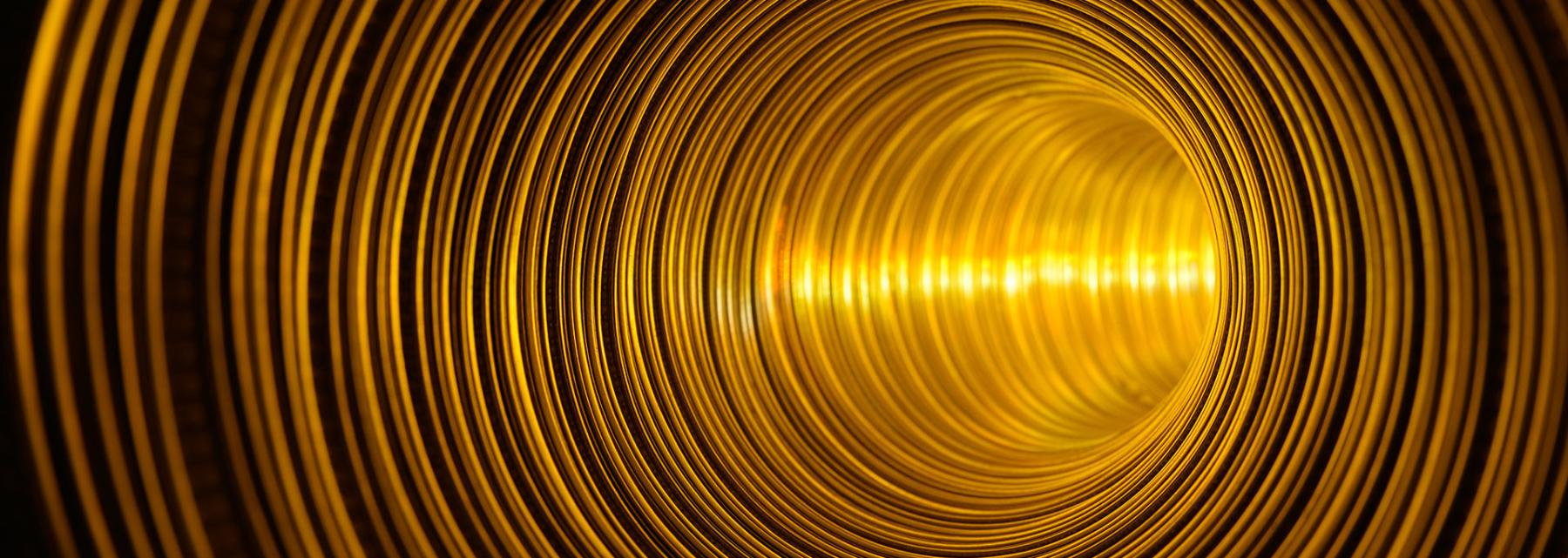
Light Interactions
by Hannah McKolay
This lesson is an introduction to a unit on the light and transverse waves. It can be utilized during a unit or at the beginning as an exploration. Students measure the speed of light in a medium (gelatin) by using an inexpensive laser such as a laser pointer or a laser level.
Lesson Plan Link/URL
https://docs.google.com/presentation/d/1hw1jpnL501134S65aSx_y4NifQ3NDBrF/edit?u…Subject Area
Science Physical Science P4: Energy Transfer Technology 1. Empowered Learner 3. Knowledge Constructor 4. Innovative Designer Engineering S3: Apply Mathematics to Engineering S4: Apply Science to Engineering Mathematics Measurement and Data (MD) Expressions and Equations (EE)
Featured
Off
Related Content

Grades:
4th Grade, 5th Grade, 6th Grade, 7th Grade, 8th Grade
In this hands-on lesson, students will be challenged to complete an obstacle course with a Sphero/RVR/Edison through coding. Students will be given a task list to complete and will be timed. Math

Grades:
3rd Grade, 4th Grade, 5th Grade, 6th Grade, 7th Grade, 8th Grade, 9th Grade
Engineers often create small-size models of a new product to test its design. This is especially true with airplanes. Model testing tells engineers how a design responds to different air conditions

Grades:
3rd Grade, 4th Grade, 5th Grade, 6th Grade, 7th Grade, 8th Grade, 9th Grade, 10th Grade, 11th Grade, 12th Grade
In this hands-on lesson, students use the engineering design process (EDP) to create a prototype of a device that can prevent squirrels from accessing a bird feeder. This is a great way to integrate